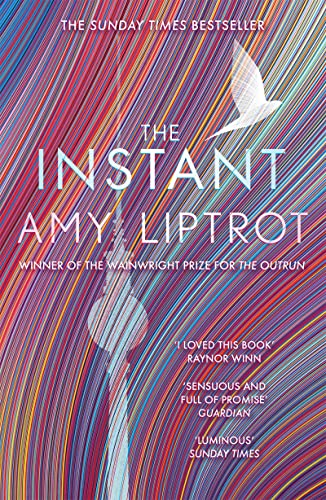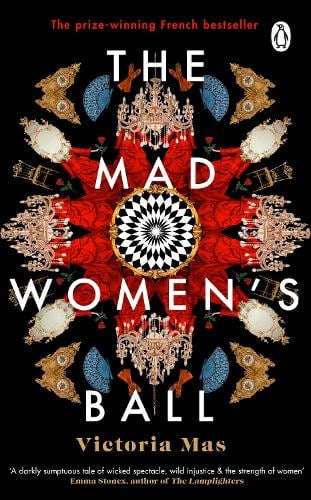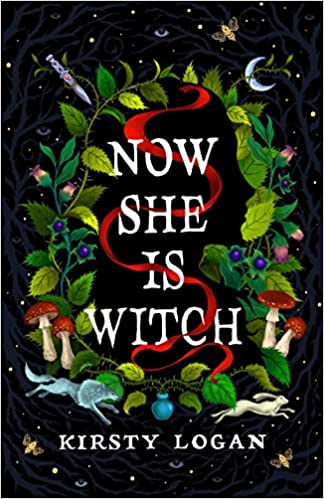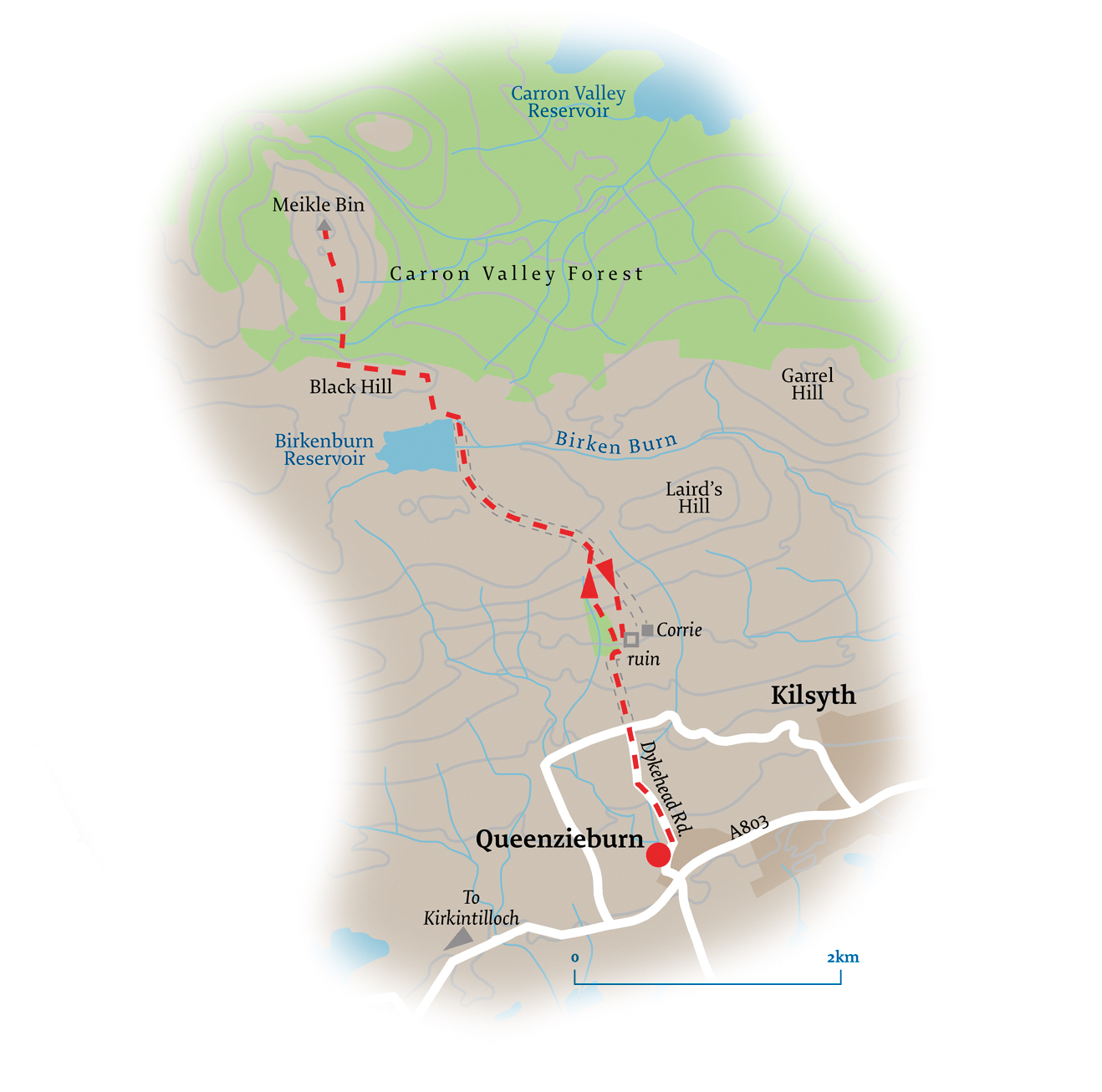Westender Magazine’s guide to the best summer reads
With Brian Toal
The Instant by Amy Liptrot
Amy Liptrot is the author of ‘The Outrun’, which was a Sunday Times bestseller, and has written for various newspapers and magazines. Nevertheless, I’d never heard of her, but I’m really glad the dustjacket caught my eye in Waterstones on Sauchiehall Street – one of my happy places. In her latest book, she deals with the desire to leave behind the loneliness and isolation she feels in Orkney, so takes herself off to Berlin to find love, a life and a job. She sofa surfs, shares flats and generally lives a pretty precarious life for a while. Slowly, however, she finds a rhythm and routine and settles into Berlin life. It doesn’t sound too exciting, does it? It’s not exciting at all, but it is beautifully written.

I’m a big fan of Kathleen Jamie and Robert MacFarlane, and Liptrot’s writing reminds me of them. She is able to detail aspects of nature such as the hooded crows, the goshawks and the raccoons – yes, there are 800 pairs in the city, apparently – and cleverly interweaves these observations with observations about her own life. In a similar way to ‘H is for Hawk’, Liptrot finds meaning and solace in her avian neighbours, noting that the hooded crows only come as far south as Berlin, that she can identify the goshawks by their silhouettes after a while, and that no matter what time of the day or night she goes out to try to spot an elusive raccoon, she is foiled.
Relationships
One of the most interesting aspects of the book is how she deals with relationships and how to navigate new relationships in this age of internet dating, ghosting and being able to find out so much online. Scary indeed. “When you’ve had sadness, it will cast a shadow long after things are better. The darkness flickers around the edges, threatening, but also providing a contrast.”
I was very impressed by her ability to deal candidly with her emotions and hurts, her skilful reflections and realisations about herself and others, how we operate, how we cope, how we treat each other. “A break-up is a grief where no one else, no friends or family, is grieving. Other people have just accepted the relationship is over but for me it isn’t over at all…I’m lost in the nothing where there used to be something.” The loneliness of heartbreak is felt keenly by Liptrot, but then, “The changes were slow but relentless…I didn’t notice the healing but one day it just didn’t hurt any more.” We end on a positive note – a message of hope for us all. Does the writer (Liptrot / the reviewer) live happily ever after? We’ll see.
The Mad Women’s Ball by Victoria Mas

The Salpêtrière asylum in 1885 was not a fun place. The inmates – women who had broken social conventions by doing and saying outrageous things such as disagreeing with their husbands or having their own opinions – are all listlessly filling their long, boring days with mundane activities such as knitting, drawing and going for walks. At the time, men had all the power and any father or husband unhappy with his wife’s behaviour could have her committed with very little the woman could do. One of the only occasions the women could look forward to in the asylum was the Lenten Ball, an opportunity for them to dress up and dance, but also to be a spectacle for the Parisian public. Doctor Charcot is a pioneer of hypnotism and uses these inmates as guineapigs for his scientific experiments, often causing lasting damage.
Genevieve is a senior nurse who has seen it all and places her faith in the methods of Doctor Charcot. However, when she meets the new inmate, Eugenie, all of this changes and her world is turned upside down, her faith in Charcot and in God challenged, and her loyalty to the asylum severely tested. “The majority of the patients have been committed by the men whose name they share. It is the most wretched fate: without a husband, a father, there is no support – and no consideration for their existence.” Challenging the patriarchy and societal conventions is a challenge Genevieve relishes.
Now She Is Witch by Kirsty Logan

‘This is a witch story like no other.’ So declares the dust jacket, and I wholeheartedly concur. Lux has lost everything dear to her and is found wandering in the woods by Else, but this meeting is no accident. Lux is crucial to Else’s plan to seek revenge on the man who wronged her. So begins a journey – physical and metaphorical – where Lux discovers her past and her future along the way. Her ability to make poisons from plants makes her invaluable to Else, her beauty and youth make her useful to the mummers who travel the land, and her work ethic and determination make her a useful member of the kitchen staff at the castle. In all her guises, Lux seamlessly blends into the new milieu, a chameleon with deadly intent.
Lux is cast in different roles throughout the book: maiden, witch, whore, servant, sacrifice, outcast. All these roles thrust upon her were due to the paucity of other roles available to women (in this imaginary world, not the real world, of course). Logan conjures a witch story which is compelling, magical and polemical at the same time. Like witches for centuries, Lux is viewed with suspicion by men simply because she won’t conform to the female moulds which men have so kindly prepared for them. The denouement is satisfying and unsettling at the same time. Beware the witches of the north. They aren’t like other witches.
Books available from Waterstones, Byres Road
Return to Culture and Arts












